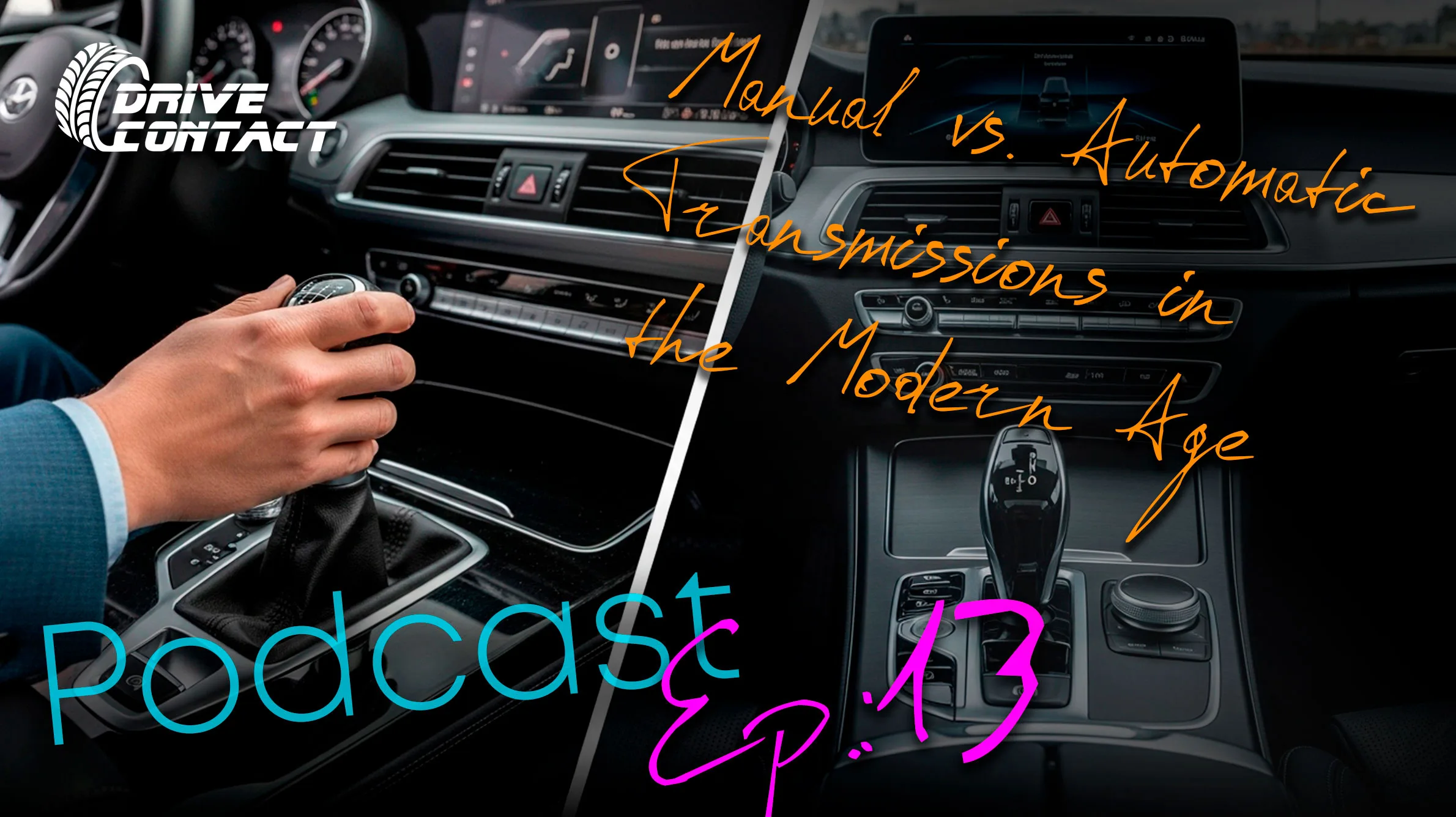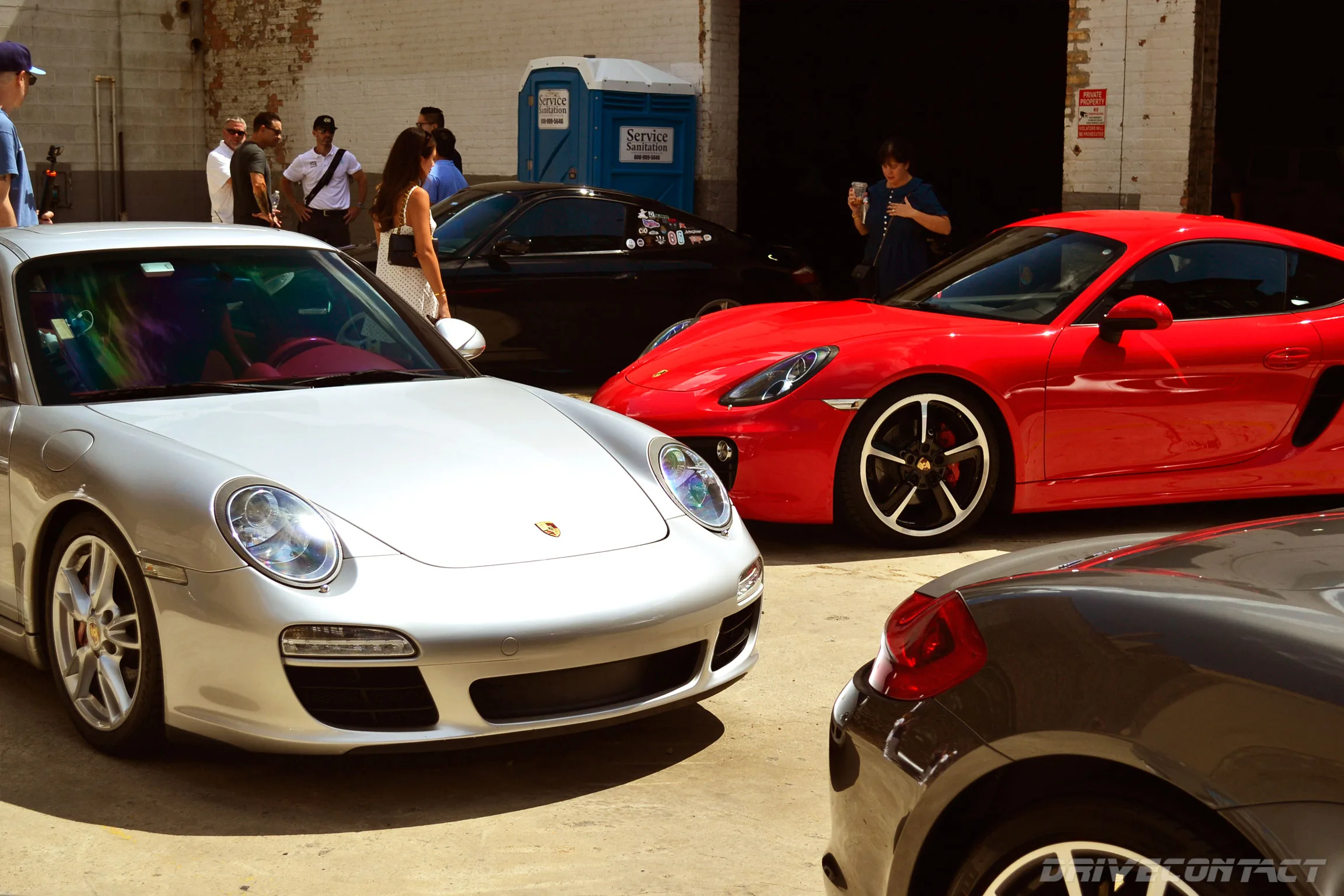For the better part of a century, the automotive landscape was defined by a single, rigid dichotomy: the manual versus the automatic. It was a choice that said as much about the driver as it did about the car. In one lane, you had the manual transmission—the sacred tool of the driving enthusiast, the racer, and the purist who demanded absolute control over every revolution of the engine. In the other lane sat the automatic, historically dismissed by car lovers as the “slush box”—a convenient but soul-sapping option for the A-to-B commuter.
However, as we dissect in DriveContact Podcast Episode 13, the battle lines of this decades-old war have shifted dramatically. We are no longer living in a world where “manual” equals “performance” and “automatic” equals “slow.” The rise of sophisticated engineering, from lightning-fast Dual-Clutch Transmissions (DCTs) to the relentless efficiency of modern 10-speeds, has muddied the waters. The question is no longer just about speed or fuel economy; it is a complex debate about engagement, technology, and the future of driving itself.
The Enduring Cult of “Save the Manuals”
If automotive evolution were based purely on logic and data, the stick shift would have gone the way of the carburetor years ago. Computers can shift faster, smoother, and more efficiently than even the most skilled professional driver. Yet, the “Save the Manuals” movement remains a powerful force in the car community.
The reason for this survival is emotional rather than logical. Driving a manual transmission provides a visceral, mechanical connection between man and machine that no algorithm can replicate.
It transforms a mundane commute into an engaging event. The act of the “clutch pedal dance”—modulating the friction point, executing a perfect heel-toe downshift, and physically rowing through the gears—requires a level of focus and skill that keeps the driver alert and involved. For the purist, the inconvenience of operating a heavy clutch in stop-and-go city traffic is a negligible price to pay for the sheer joy of feeling mechanically linked to the drivetrain on a winding back road.
The Renaissance of the Torque Converter
For decades, the traditional automatic transmission was the enemy of performance. They were heavy, hesitant, and notorious for sapping horsepower before it ever reached the wheels. But to dismiss the modern automatic based on its ancestors would be a grave mistake. The “slush box” of the past has evolved into a supercomputer.
Modern torque-converter automatics, now boasting 8, 9, or even 10 speeds, have undergone a technological revolution. These gearboxes are no longer passive participants; they are intelligent systems that monitor throttle position, vehicle speed, and g-forces to predict exactly which gear is needed before the driver even realizes it. They have managed to achieve the impossible balance: offering creamy smoothness for luxury highway cruising while delivering blistering shift times that rival dedicated sports cars when the driver demands performance.
The Dual-Clutch King of the Track
While the traditional automatic has caught up, the Dual-Clutch Transmission (DCT) has completely rewritten the rulebook for speed. Now the standard for supercars and high-performance track weapons, the DCT is the undisputed champion of acceleration.
The genius of the DCT lies in its preparation. It effectively operates as two manual transmissions tailored together—one clutch managing the odd gears and the other managing the even gears. When a driver is accelerating in third gear, the computer has already pre-selected fourth gear on the second clutch. The moment the shift is commanded, the hand-off happens in milliseconds, providing an uninterrupted stream of power. While they can sometimes feel clunky at low speeds compared to a torque converter, on a racetrack, they offer a level of precision that human hands simply cannot match.
The CVT and the Question of Soul
On the other end of the spectrum lies the Continuously Variable Transmission (CVT), a technology that prioritizes efficiency above all else. By ditching fixed gears in favor of a pulley-and-belt system, the CVT can keep an engine at its exact optimal RPM for any given speed, making it an absolute hero for fuel economy (MPG).
However, this efficiency often comes at the cost of driving pleasure. Enthusiasts frequently criticize the CVT for the “rubber-band effect”—a sensory disconnect where the engine revs loudly while the vehicle’s speed slowly catches up. While perfect for economy, it often strips the driving experience of its auditory and physical character.
The Electric Elephant in the Room
While petrolheads argue over the merits of clutch pedals versus paddle shifters, a silent revolution is rendering the argument increasingly irrelevant. The rapid adoption of Electric Vehicles (EVs) is introducing a powertrain reality that requires no multi-speed transmission at all.
EVs typically utilize single-speed direct drive systems that deliver instant, nauseating torque from zero RPM. There is no shift lag, no power band to manage, and no clutch to burn. As the industry pivots toward an electric future, the complex mechanical gearboxes we obsess over today may soon be viewed as vintage relics.
The Verdict: Which is Right for You?
So, has the stick shift died? Not yet. As long as there are drivers who view driving as an art form rather than a chore, the manual will have a home. But it is no longer the default choice for speed. Whether you are a “Save the Manuals” purist, a track-day junkie chasing lap times with a DCT, or a commuter enjoying the seamless ease of an EV, the modern market offers a transmission for every philosophy.
To hear the full debate and decide where you stand, watch Episode 13 of the DriveContact Podcast on YouTube.





